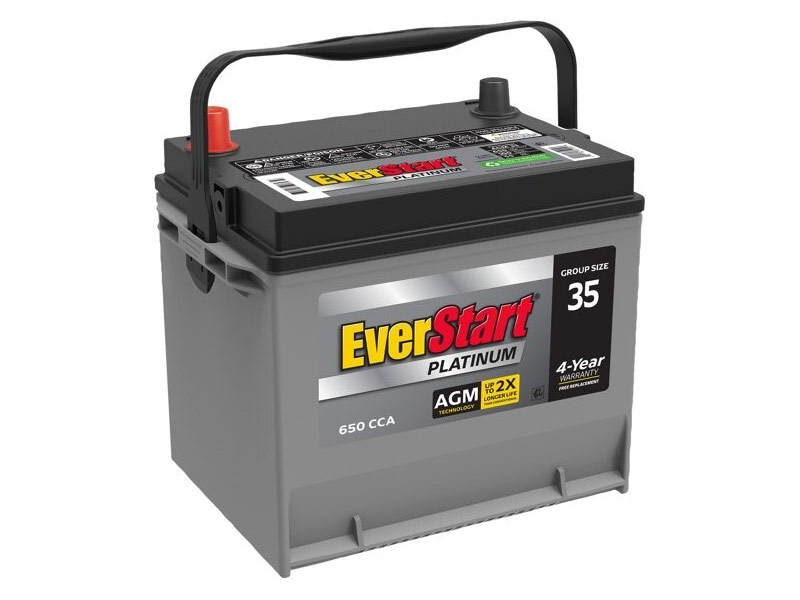
Your vehicle’s tires are the only point of contact between your car and the road, making them one of the most critical safety components. Proper tire maintenance not only extends tire life and saves you money but also ensures optimal vehicle performance and safety. This comprehensive guide covers everything you need to know about keeping your tires in top condition.
Why Tire Maintenance Matters
Properly maintained tires provide:
- Enhanced Safety: Good tires help prevent accidents by maintaining proper traction and handling.
- Better Fuel Economy: Properly inflated tires can improve gas mileage by up to 3%.
- Extended Tire Life: Regular maintenance can double the lifespan of your tires.
- Improved Vehicle Performance: Well-maintained tires ensure optimal handling and braking.
Tire Pressure: The Foundation of Tire Care
Finding the Correct Pressure
Your vehicle’s recommended tire pressure is typically found:
- On the driver’s side door jamb sticker
- In your owner’s manual
- Sometimes inside the fuel door
Important: Do NOT use the PSI number on the tire sidewall—this is the maximum pressure the tire can hold, not the recommended pressure for your vehicle.
Checking Tire Pressure
- Check pressure when tires are “cold” (vehicle hasn’t been driven for at least 3 hours)
- Use a quality digital or dial gauge, not the gauges built into air pumps
- Check all four tires plus the spare at least once a month
- Remember that tire pressure decreases about 1 PSI for every 10°F drop in temperature
Proper Inflation Technique
- Remove the valve cap and store it safely
- Press the tire gauge firmly onto the valve stem
- Read the pressure and compare to the recommended PSI
- Add or release air as needed
- Re-check with your gauge
- Replace the valve cap
Tire Rotation: Ensuring Even Wear
Why Rotate?
Front and rear tires wear differently due to:
- Weight distribution (engine weight typically causes front tires to wear faster)
- Driving forces (front-wheel, rear-wheel, or all-wheel drive affects wear patterns)
- Steering (front tires experience more wear from turning)
Rotation Schedule
- Every 5,000-8,000 miles or according to your owner’s manual
- With every other oil change (for most vehicles)
- More frequently for high-performance vehicles or if you notice uneven wear
Rotation Patterns
The correct pattern depends on your vehicle and tires:
- Forward Cross: For front-wheel drive vehicles (rear tires move to the front on the same side, front tires move to the opposite sides at the rear)
- Rearward Cross: For rear-wheel and four-wheel drive vehicles (front tires move to the rear on the same side, rear tires move to the opposite sides at the front)
- X-Pattern: All tires move to the opposite corner of the vehicle
- Side-to-Side: For directional tires (tires only switch sides on the same axle)
Tire Tread: Monitoring Wear
Measuring Tread Depth
The legal minimum tread depth in most states is 2/32″, but for safety:
- Use a tread depth gauge for accurate measurement
- Try the penny test: Insert a penny with Lincoln’s head upside down into the tread; if you can see all of Lincoln’s head, it’s time for new tires
- Look for built-in tread wear indicators (flat rubber bars that appear when tread is worn)
Signs of Uneven or Abnormal Wear
- Center wear: Over-inflation
- Edge wear: Under-inflation
- One-sided wear: Alignment issues
- Cupping or scalloping: Suspension problems
- Feathering: Alignment or suspension issues
Wheel Alignment and Balancing
Alignment
Signs you need an alignment:
- Vehicle pulls to one side
- Steering wheel is off-center when driving straight
- Uneven or rapid tire wear
- Steering wheel vibration
Schedule an alignment:
- Every 2-3 years
- After hitting major potholes or curbs
- When installing new tires
- If you notice any of the above symptoms
Balancing
Signs you need balancing:
- Vibration at specific speeds (commonly 50-70 mph)
- Steering wheel, seat, or floorboard vibrations
- Uneven tire wear
Schedule balancing:
- When installing new tires
- When rotating tires
- If you feel vibrations
- If a wheel weight falls off
Seasonal Tire Considerations
Winter Tires
- Install when temperatures consistently fall below 45°F
- Provide better traction on snow, ice, and cold pavement
- Store properly during off-season (clean, out of sunlight, in tire bags)
All-Season vs. Summer Tires
- All-season tires provide adequate performance in various conditions
- Summer tires offer better warm-weather performance but poor cold-weather traction
- Choose based on your local climate and driving needs
Tire Storage Tips
If storing a set of tires (like winter tires in summer):
- Clean tires thoroughly with soap and water
- Let dry completely
- Place in airtight bags or tire totes
- Store in a cool, dry location away from sunlight and ozone sources (electric motors, furnaces)
- Store either standing up or stacked (if without rims)
- If mounted on rims, store hanging or stacked
Extending Tire Life
- Drive smoothly; avoid harsh acceleration and braking
- Slow down for potholes and obstacles
- Avoid overloading your vehicle
- Park in shade when possible to prevent UV damage
- Keep tires clean from brake dust and road chemicals
- Address alignment and suspension issues promptly
When to Replace Tires
Replace tires when:
- Tread depth reaches 4/32″ (3/32″ for wet climates)
- Tires are more than 6 years old (check the DOT date code)
- Sidewalls show cracks, bulges, or damage
- Tires have been punctured in the sidewall
- Uneven wear cannot be corrected
Tire Shopping Tips
When buying new tires:
- Match the size and load rating to your vehicle’s specifications
- Consider your driving habits and local climate
- Look for tires with good ratings for your priorities (longevity, comfort, performance)
- Check warranty coverage
- Don’t focus solely on price—tires are a critical safety component
Conclusion
Your tires are one of your vehicle’s most important safety systems. By following these maintenance guidelines, you’ll ensure optimal performance, extend tire life, and maintain the safety of your vehicle. Remember that a small investment of time in regular tire maintenance can save you money and potentially prevent accidents in the long run.
Pro Tip: Create a tire maintenance schedule and set reminders on your phone or calendar to check pressure, perform rotations, and conduct visual inspections at the appropriate intervals.

